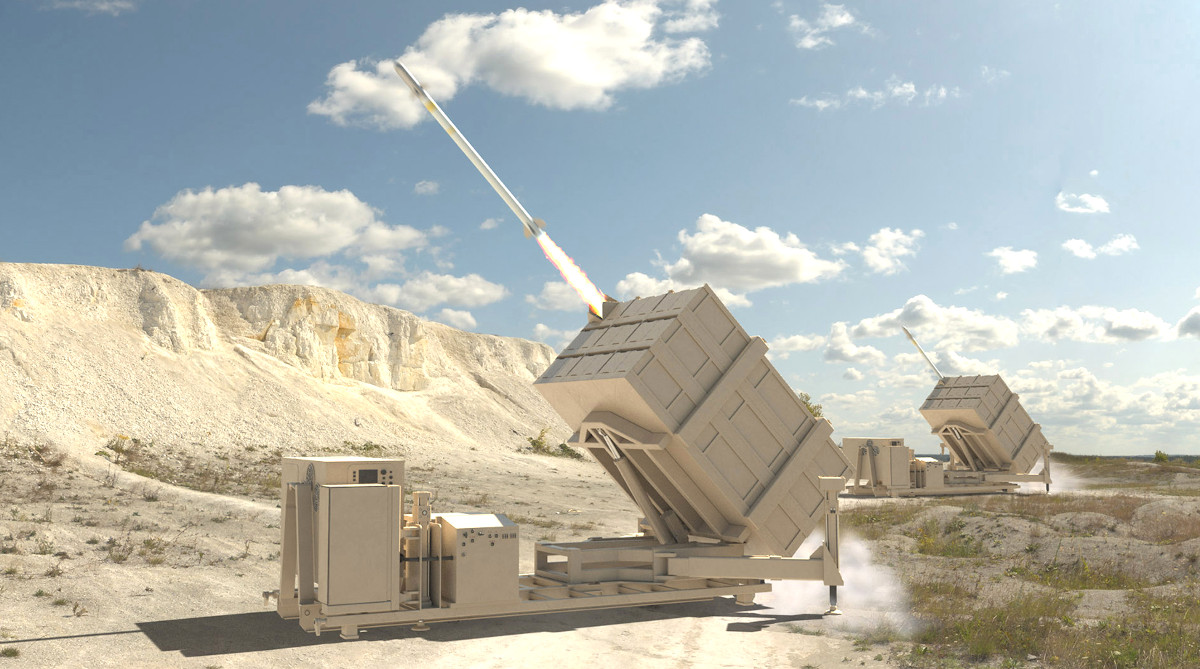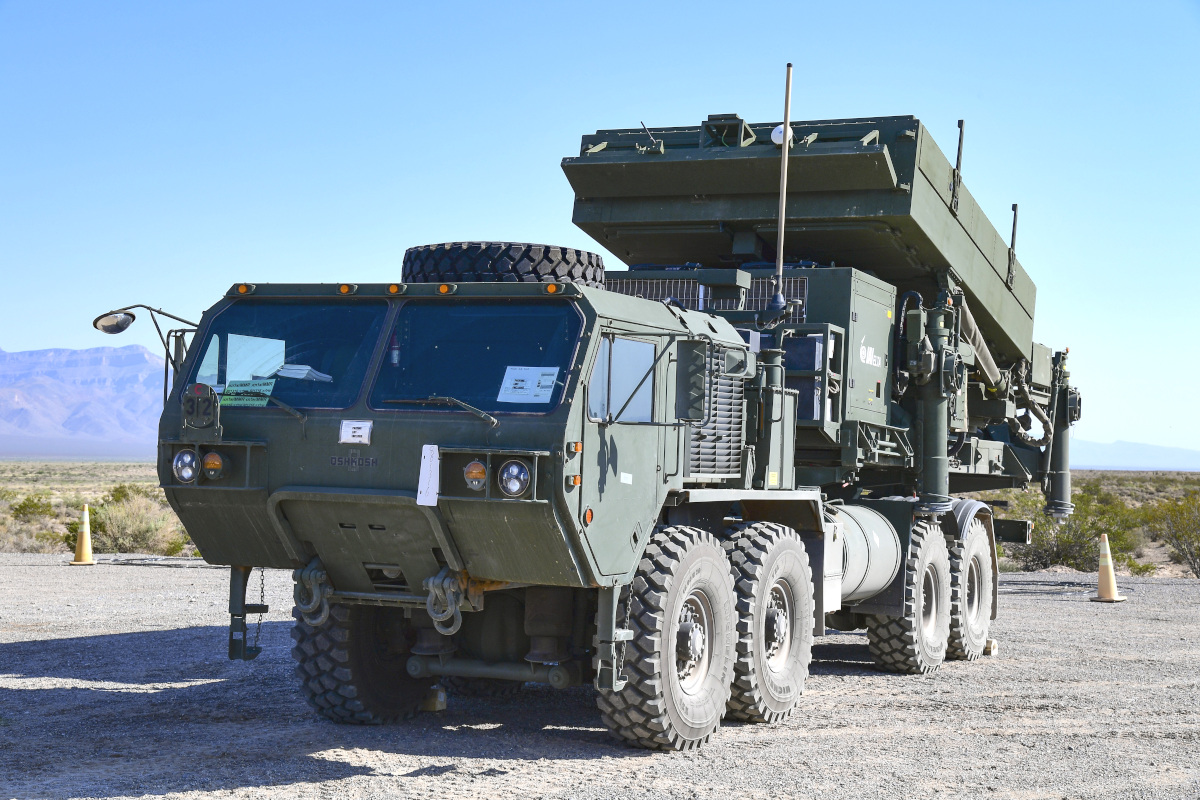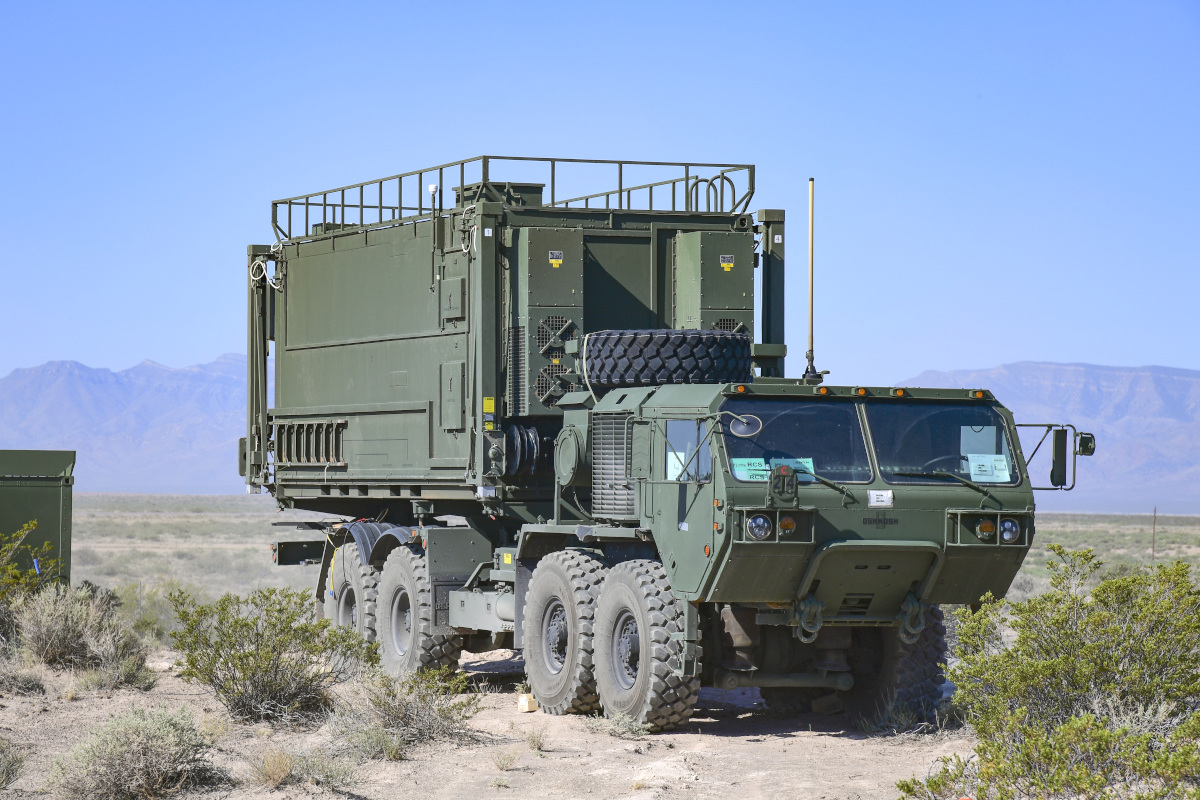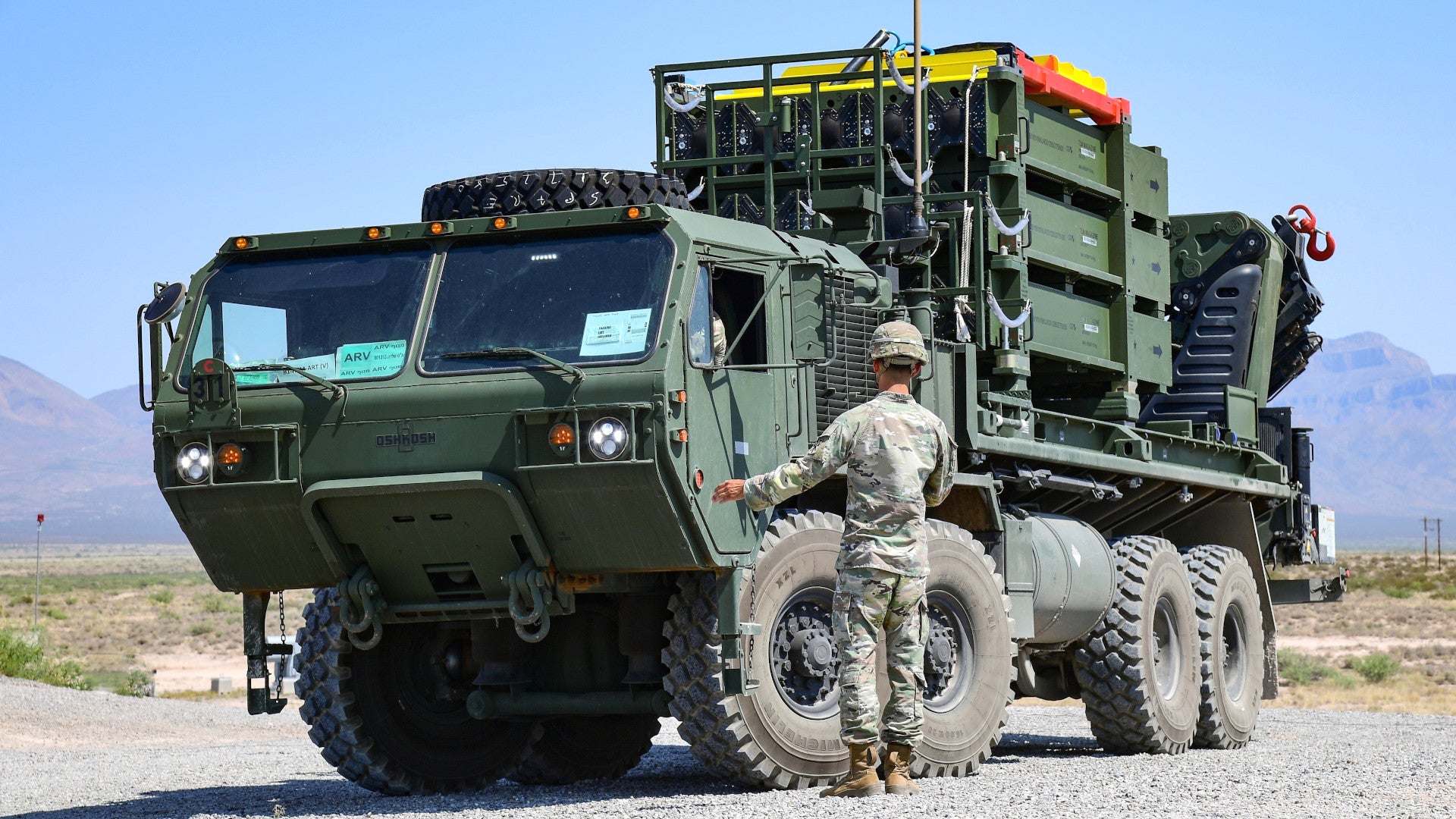The U.S. Army is deploying one of two air defense batteries equipped with the Israeli-made Iron Dome system to Guam. The decision to send Iron Dome systems comes as the U.S. military continues to explore options to expand its air and missile defenses on this highly strategic island in the Pacific as part of broader efforts to deter China in the Indo-Pacific region. The latest versions of the Iron Dome system, which was originally designed to intercept incoming rockets and other artillery rounds, also have a demonstrated ability to shoot down small drones and low-flying cruise missiles.
The 94th Army Air and Missile Defense Command (AAMDC), which is based in Hawaii, announced the deployment, which it described as “temporary” and “experimental,” earlier this week. Troops from the 2nd Battalion, 43rd Air Defense Artillery Regiment, out of Fort Bliss, Texas, will operate the Iron Dome battery on Guam. Elements of the Army’s 38th Air Defense Artillery Brigade, forward-deployed in Japan, will also support this deployment, which has been nicknamed Operation Iron Island.

The Army has made no secret that a major impetus for this deployment was a requirement in the annual defense policy bill, or National Defense Authorization Act (NDAA), for the 2021 Fiscal Year. Members of Congress had directed the service to send an Iron Dome battery to an “operational theater” by the end of this year.
“Soldiers and equipment … will deploy in order to fulfill those NDAA requirements, test the capabilities of the system, and further train and refine the deployment capabilities of air defenders,” according to a brief press release. “There is currently no plan to conduct a live fire of the system while it is on Guam.”
At the same time, the potential threat, broadly, posed by cruise missiles, including advanced supersonic and potential future hypersonic anti-ship and land-attack types, as well as various tiers of drones, is only increasing. Iron Dome would, at least on a limited, interim level, help bolster defenses against these target sets, on Guam right now. Submarines and surface warships, as well as even just modified counter ships, along with long-range missile carrier aircraft, could launch salvos of land-attack cruise missiles at the island during a potential future major crisis, especially one involving China.
It is worth noting that drones, especially, present very real threats outside of the bounds of traditional conflicts, as well. As The War Zone
was the first to report, there were multiple incursions by unidentified small drones over the THAAD battery on the island in 2019, underscoring the multi-faceted challenges that small unmanned aircraft present already.
The Army first announced plans to acquire two Iron Dome batteries in 2019 primarily as an interim cruise missile defense system, with an eye toward purchasing more as time went on. A complete Iron Dome system consists of multiple launch units, each capable of holding up to 20 Tamir interceptors at a time, along with radars to detect and track targets and a battle management and control unit. Tamir is a highly maneuverable missile that contains an active radar seeker to help find its target, as well as two-way datalink that enables it to get updated targeting information from the battle management and control unit in-flight, improving its accuracy. The interceptor uses a ring-shaped high-explosive blast-fragmentation warhead, triggered by a laser proximity fuze, to actually destroy incoming threats. You can read more about Tamir and its capabilities here.

However, in 2020, the service pumped the brakes on those plans and ultimately decided against purchasing any more Iron Dome systems, ostensibly over issues integrating it with the new Integrated Battle Command System (IBCS) network architecture, which you can read more about in this past War Zone feature.
In September of this year, Dynetics announced the Army had awarded it a contract to supply a system called Enduring Shield system to meet the service’s various cruise missile defense and counter-drone requirements as part of its Indirect Fires Protection Capability (IFPC) program. The company’s offering beat out Iron Dome, which a team consisting of that system’s Israeli manufacturer Rafael and U.S. defense contractor Raytheon had submitted to the IFPC competition, albeit rebranded as SkyHunter. The Dynetics system will, at least initially, use the AIM-9X Sidewinder heat-seeking missile as its interceptor.
It’s worth noting that the AIM-9X is a significantly more expensive choice compared to Tamir, with the latest subvariants of this Sidewinder version having units costs in the $450,000 range. Though the exact cost of the Israeli interceptors is unclear, past reports have put their price tag at between $40,000 and $100,000.

In the meantime, the Army has still been dutifully establishing an interim capability with its new Iron Dome systems, the first of which was delivered in September 2020. The service had announced in August of this year that troops from 3rd Battalion, 43rd Air Defense Artillery, also based at Fort Bliss, Texas, had conducted the first live-fire tests of what it has dubbed the Iron Dome Defense System-Army (IDDS-A), at White Sands Missile Range in New Mexico. “Soldiers … successfully engaged eight cruise missile surrogate targets as part of a coordinated performance test and live fire event,” according to a statement at that time.

Even with all this in mind, the deployment of Iron Dome to Guam does make good sense from testing and operational perspectives. As already noted, the U.S. military is presenting developing a plan to expand air and missile defenses on this island in the face of growing potential threats, particularly from China.
There has been discussion about adopting a distributed, potentially mobile approach rather than establishing a singular new fixed missile defense based on the existing Aegis Ashore architecture, as you can read more about here. As it stands now, there is already an Army battery equipped with the Terminal High Altitude Area Defense (THAAD) system on the island, which provides a measure of ballistic missile defense, but certainly not enough to defeat a high volume strike.
The various components of the Army’s Iron Drone system are all palletized and are therefore capable of being readily moved around on and off-road using variants of the Oshkosh Heavy Expanded Mobility Tactical Truck (HEMTT). This would offer a way to explore methods of employing more dynamic air missile defenses on Guam that could help inform future planning.


The tactics, techniques, and procedures the service has been developing for Iron Dome would likely be applicable, at least to a degree, to the employment of other similar systems, such as Dynetics’ Enduring Shield, in the future, as well.
All told, while Iron Dome’s future with the Army is anything but certain, there is much the Army stands to glean from this initial, experimental deployment of this system to Guam.
Contact the author: joe@thedrive.com
